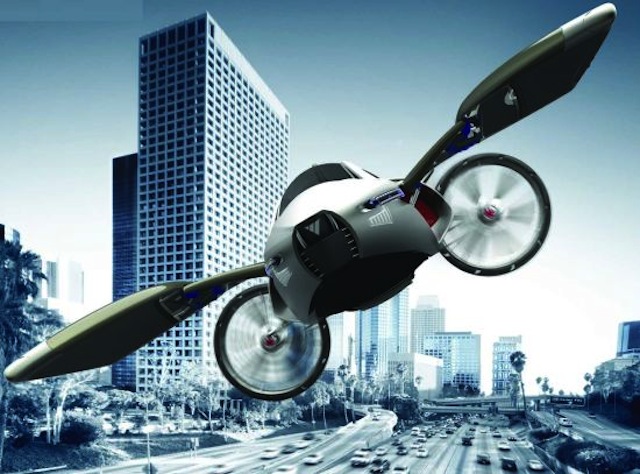With technology booming the way it is, the future of transportation is heading our way faster than we could have ever imagined. While it is believed that the technology of transportation will be advancing slower than most other technologies, it has been said that by the year 2050 we will know 95 percent more about efficiently transporting humans and goods than we do today (2010). With this in mind, here is a time line of some of the technologies we have to look forward to (or dread), and how they could effect out everyday lives.
2014
10 percent of all roads will consist of hybrids
Hybrids are being adopted into society at record levels, and within the next four years one out of every 10 vehicles could be a hybrid.
2015
Fuel cell cars will be adopted into many societies
While electric vehicles (EV) are believed to be our future by many experts, like Chelsea Sexton, fuel cell vehicles (FCV) are also being pushed by many governments and manufacturers. The hydrogen gas of these vehicles will promote cleaner emissions and reduce our independence on foreign oil.
Wireless GPS communication will become standard
Most vehicles are already being fitted with GPS systems, but by 2015, these systems will enable manufacturers to adopt a slew of new technologies that will surface over the next several decades.
2016
Assisted lane keeping systems
These systems will help drivers identify potential obstacles, while protecting the driver from “wandering” outside the lines. These have already been adopted in certain luxury vehicles, but by 2016 it will be offered in a much larger variety of vehicles.
“Intelligent cars” (a.k.a. “WiMax”)
Intelligent cars will collect data of vehicle conditions (such as snow, rain, temperature, drop in speed, etc), and then relay this information to other vehicles via WiMax, as a warning of upcoming weather conditions (black ice, etc) or traffic accidents. In a sense, they will be like your mother-in-law, only you’ll be able to turn these off with a button.
2020
Driverless Truck Convoys
Driverless vehicles may take awhile to be adopted into society completely, but driverless truck convoys could be seen as early as 2020. These will be more efficient, safe, and convenient for companies to transport their goods across the countryside.
Automated Navigation Systems
Somewhere between 2020-2025 we could see the option of driverless navigation for passenger vehicles, which will function by telling the vehicle where you would like to go, and it will calculate the optimal route (GPS WiMax) and drive you there. These systems are hoped to be safer (less accidents, etc), promote less maintenance issues, and increase the longevity of vehicles.
Limited Vehicle Licensing
With the rapid increase of vehicles on the road, it has been discussed that individual cities and states may begin to limit the number of vehicle licenses allowed per family. The idea behind such an idea would be to regulate high traffic areas (California could be one of the first to adopt such a system).
On-demand transportation systems
Another way to reduce traffic is to adopt on-demand transportation systems, which will be like self automated taxi services that can be called from our cell phones, and directed to pick us up and transport us where we need to go. These would reduce the inconvenience of mass transit, reduce the amount of city parking lots, and replace the necessity of personal car ownership.
2024
Automated small package delivery
Flying vehicles will be on the way by the year 2024, but they will be first tested on package delivery drones, which will be adopted by services such as UPS and FedEx.
2039
Automated Aircraft
By 2039 it is thought that we will have adopted a system of personal flying aircraft, which will function by automated navigation, allowing consumers to simply hop in and fly wherever they need to go.
And beyond that… your guess is as good as mine.
Sources: 2010 Forecasting International and Davinci Institute
